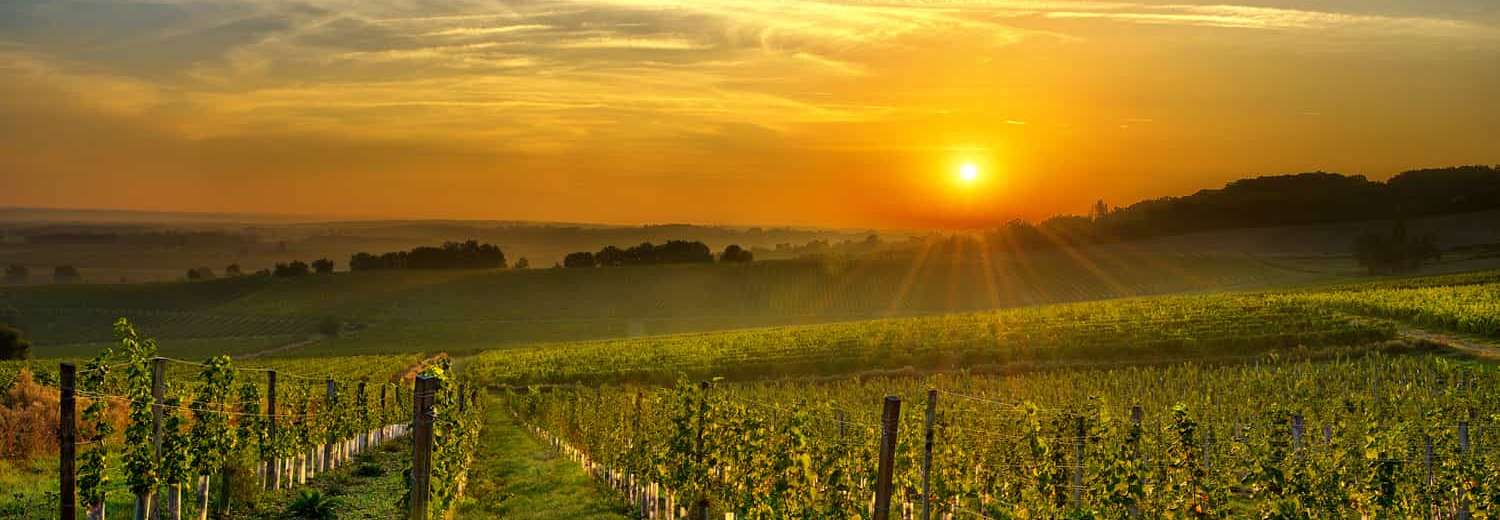GET A QUICK, FREE QUOTE
Rated 'Excellent'
on Trustpilot
ECMT International
Removals Permit
British Association
of Removers
Eco Friendly
Removals
Our Removals Service Includes…
For removals to and from Roullet-Saint-Estèphe.
Call Now 0808 175 1966
Roullet-Saint-Estèphe
A youthful community with a warm welcome in the Charente
Roullet-Saint-Estèphe’s 4,000 or so residents – named the Roullet-Stéphanoises – occupy a fairly newly merged community between Angoulême and Châteauneuf-sur-Charente.
The town is made up of two towns, Roullet on the N 10 and Saint-Estèphe a mile west. The two areas were merged in 1972.
The churches of Saint-Cybard de Roullet (recently restored) and Saint-Estienne de Saint-Estèphe are treasures of Romanesque art from the 11th and 12th centuries.
The church of Roullet is one of the finest examples of Romanesque art in Angoumois. Built in the 12th century, its bell tower was renovated in the second half of the 19th century.
The church boasts several Gothic elements, a superb arch and a beautiful baptismal font embedded in the wall.
Scattered through the town are several laundries and old bread ovens visible in the streets.
There is history on nearly every corner here. Built in the Neolithic period, the dolmen Boucharderie been designated as an historic monument, and the House of the Forest, built in the 19th century, has a garden registered as historical monument. However this is on private property.
There are plenty of opportunities to enjoy the sunshine and explore the fauna and local flora here.
Roullet-Saint-Estèphe is a booming rural town, thanks to its rapidly growing population.
Town planning here is more dynamic and accepting than in many places, and in part due to the growing population there is a lively economy and many sports and leisure clubs, despite the rural surroundings.
The remarkable site of Chaumes du Vignac and Meulières de Claix, which is managed by the Regional Conservatory of Natural Areas (CREN) attracts many visitors with its unique geology, flora and fauna.
The town has an active Facebook page which will give you an idea of what it might be like to live here.
The town’s market has recently been reinstated after several years and runs every Friday and Sunday from 7am to 1pm.
The markets feature fruit and vegetables from local producers, a fishmonger and a soup maker, a rotisserie, butcher / delicatessen, and take-away meals. There is also honey and walnuts, a grocery store, a pasta, bread and biscuits vendor who uses flours milled at a historic water mill and of course – a cheesemaker.
Many other traders flock to the relaunched market.
The town also has many hamlets, including the Châteliers, Fustifort, the Barbots, the Croix de Beaumont, the Raberie, the Aubreaux and the Goujarde. South of Roullet are Vignac, La Grange and Les Rochereaux – a place steeped in history. Finally, in the town of Saint-Estèphe there is Chardin, Chez Thibaud, Pondeville and Chez Magniez and Chez Paillou.
The town is on an agricultural plain between the Charente valley to the north and the plateau to the south-east, separated by a cuesta with rocky outcrops.
Old quarries are on this plateau, including The Chaumes de Vignac, a limestone plateau from which millstones were extracted for the mills. This is now a protected natural area.
Above ground, vineyards dot the area, producing cognac to be enjoyed around the world.
The GR 4 hiking trail from Royan to Grasse crosses the town and passes to Saint-Estèphe.
Roullet-Saint-Estèphe History
The Château de Rocheraud was one of the four Rocks of Angoumois, along with La Rochefoucauld, La Rochebeaucourt and La Rochandry. The original castle was built in the 9th century. It must have played an important role during the Hundred Years War. In the 16th century, it belonged to the family of Corlieu. Sadly, all the remains of the castle have completely disappeared due to farming of the land, however the name the Rochereaux is still used for the area..
Under the Ancien Régime, Roullet was a seigneury which belonged to the Langallerie family. You can still see the remains of the square tower of the castle, dating from the 12th century, in a hotel courtyard here.
In the 19th century, the stream fed small mills, used in the paper industry and for a small felt factory. The quarries of Vignac were used to cut grain millstones, due to the limestone being good quality and strong.
Removals service
Whatever your removal needs we can handle it – we’ve been moving people for nearly 50 years and know how to deal with any situation.
We are fully insured and have a great team to help reduce the stress of moving.
You can call us on 0800 917 1015 or email enquiries@armishaws.com for a quote.
Allow us to move you to or from anywhere in the UK or Europe. Our staff have been well trained in all aspects of moving homes and businesses.
Armishaws has held the BSEN 12522 certificate since 1999.
Why Choose Armishaws
- Any distance
- Any amount
- Global shipping
- Removals to France, Spain and Portugal
- Storage facilities
- Export wrapping and packing service,
- Family-owned since 1973
- Free survey and a same-day quote
Armishaws has depots all over the country, having taken over many other removals firms. While they have all kept their own branding, you can tell it’s an Armishaws company by the stellar service!
For Free Advice and a Quotation call 0800 917 1015
Why move to Roullet-Saint-Estèphe?
The town offers a lovely peaceful and rural environment while at the same time providing a good base for businesses and a plentiful supply of activities to keep you amused. The community here is fairly tight knit and very welcoming – you should feel at home in no time.
Properties in Roullet-Saint-Estèphe
Look for properties for sale in Roullet-Saint-Estèphe by visiting www.rightmove.co.uk/Roullet-St-Estephe.
Transport Links
The town is also crossed by the D 22, route de Châteauneuf to Villebois-Lavalette, which passes to the south-west of the town and intersects the N 10 by an interchange.
The D 7, road from Blanzac to Sireuil and Hiersac, also crosses the town from south to north, also crosses the N 10 via an interchange, and passes between the two towns. The D 699, road from Angoulême to Châteauneuf and Jonzac, passes at the northern limit of the town, as does the line from Angoulême to Saintes and Royan 3.
Schools near Roullet-Saint-Estèphe
Roullet-Saint-Estèphe has three public schools – a nursery, and two elementaries.














